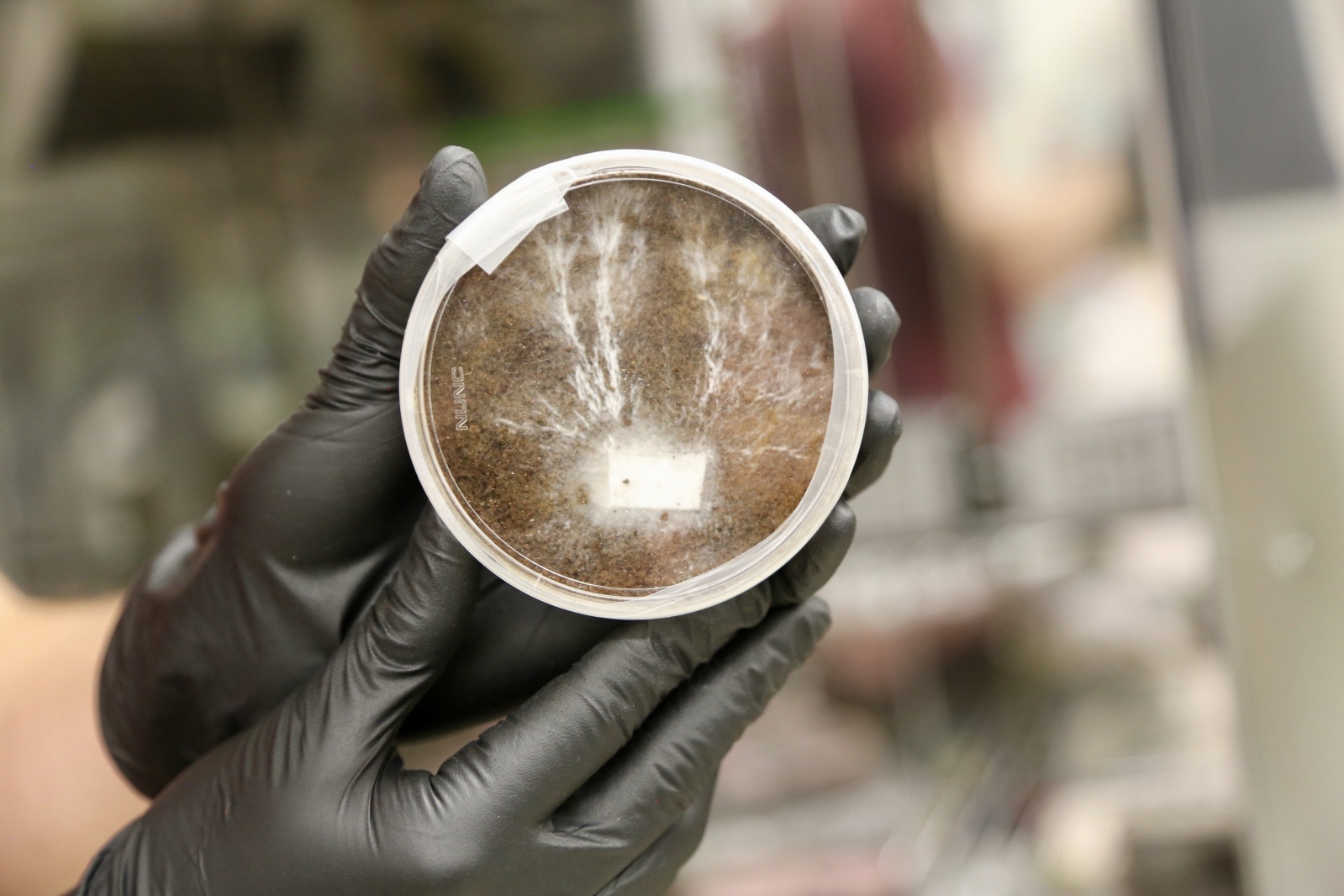Moon shrooms? Fungi eyed to help build lunar bases and Mars outposts
Date: 15.1.2020
Fungus could be very much among us when humanity sets up shop on the moon and beyond. NASA researchers are investigating the potential of mycelia – the mass of nutrient-absorbing, widely branching underground threads that make up much of a fungus's bulk – to help construct outposts on the moon and Mars.
 "Right now, traditional habitat designs for Mars are like a turtle – carrying our homes with us on our backs," project principal investigator Lynn Rothschild, of NASA's Ames Research Center in California, said in a statement.
"Right now, traditional habitat designs for Mars are like a turtle – carrying our homes with us on our backs," project principal investigator Lynn Rothschild, of NASA's Ames Research Center in California, said in a statement.
This is "a reliable plan, but with huge energy costs," she added in a NASA statement. "Instead, we can harness mycelia to grow these habitats ourselves when we get there."
There could be many different manifestations of off-Earth "mush-rooms." For example, one habitat concept would consist of three layers, NASA officials explained. On top would be water ice, which may be sourced locally. (Both the moon and Mars are known to harbor the stuff.) The ice would shield the habitat's human occupants from harmful radiation and would also provide resources to the tiny denizens of the middle layer – photosynthesizing microbes called cyanobacteria. These creatures would produce oxygen for the astronauts and nutrients for the fungal mycelia, the chief constituent of the bottom layer.
That basal layer provides the main structure of the habitat. The mycelia that make it up would be heavily processed, baked into sturdy bricks. This would kill the fungus, ensuring that none could escape and proliferate in the alien wilds.






















